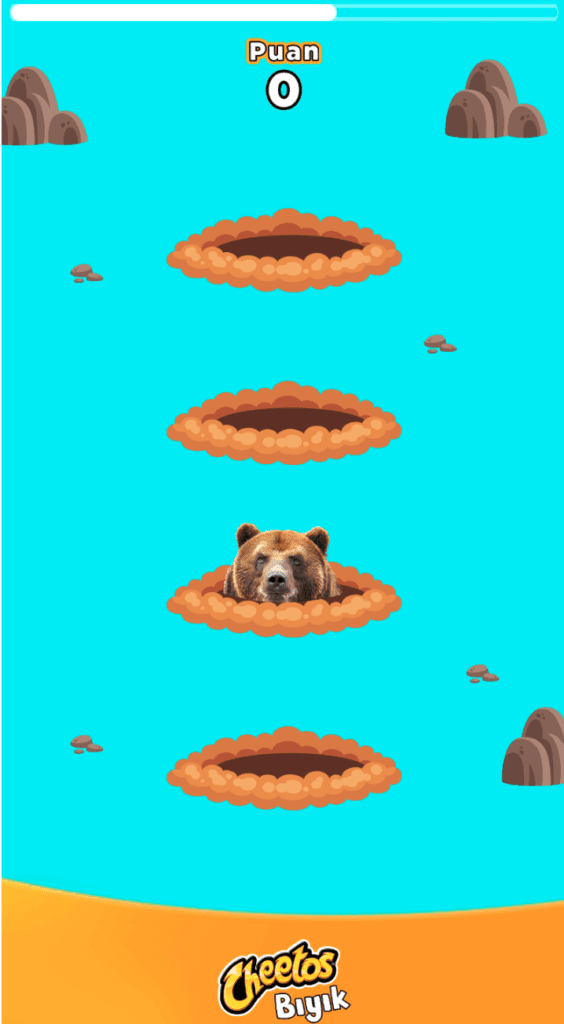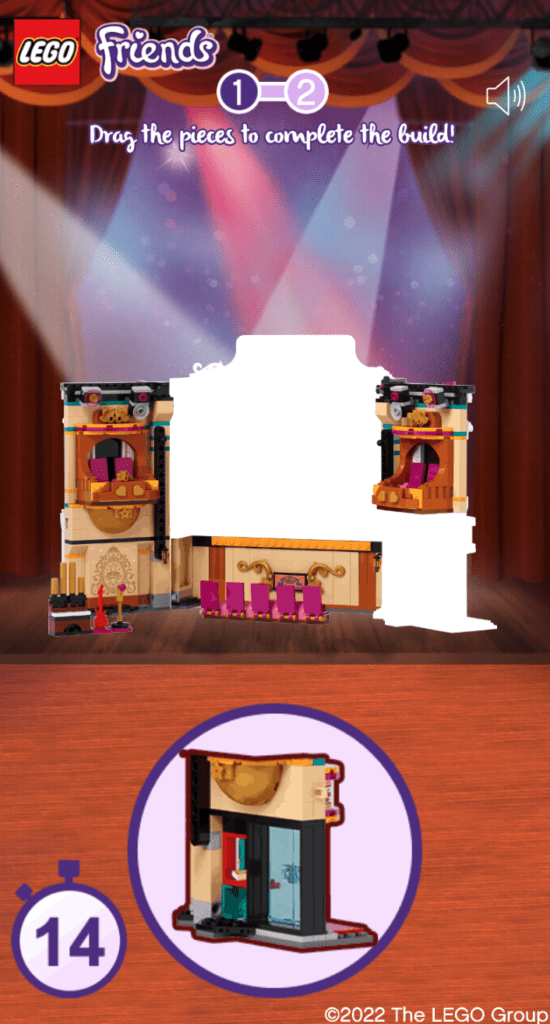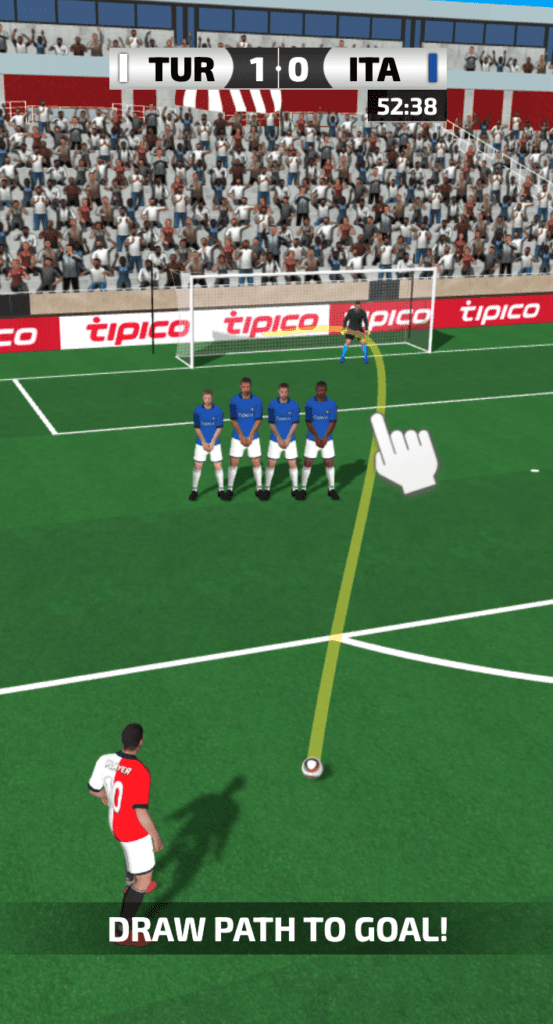As users become increasingly immune to traditional forms of advertising, non-gaming companies are turning to more interactive and creative forms of advertising, such as playable ads. Generally developed for mobile gaming, playable ads allow users to experience a brand’s product or service in a fun and engaging way, leading to higher engagement rates and better conversion rates. In this blog post, we will explore the benefits of playable ads for non-gaming companies and provide tips and examples for creating effective campaigns.
Benefits of Playable Ads for Non-Gaming Companies
Playable ads offer several advantages for non-gaming companies compared to traditional ads. The following statistics demonstrate the benefits of playable ads:
Playable ads are 32% more memorable compared to video and static ads, and have 47% longer attention compared to video ads.
- Increased Engagement: Playable ads are 32% more memorable compared to video and static ads, and have 47% longer attention compared to video ads. By providing an interactive and immersive experience, playable ads create excitement and curiosity, which leads to higher engagement rates and more time spent interacting with the ad. This can ultimately lead to better conversion rates.
- Better Conversion Rates: Playable ads have 3 times higher conversion rates than traditional video ads, and are 46% more effective compared to other ads. By allowing users to experience a brand’s product or service firsthand, playable ads can help to build trust and confidence in the brand. This can make users more likely to make a purchase or take some other desired action.
- Enhanced Brand Awareness: Playable ads are more measurable and have the most affordable cost per install (CPI). They can also be shared and promoted on social media, leading to increased brand awareness and exposure. By providing an entertaining and interactive experience, playable ads are more likely to be shared and discussed by users on social media, which can help to increase brand awareness and reach new audiences.
Playable ads are more measurable and have the most affordable cost per install (CPI).
These benefits are not limited to gaming companies. Non-gaming companies, such as food and beverage brands, fashion and beauty companies, and more, have also successfully used playable ads in their advertising campaigns. In the next section of this blog post, we will explore some examples of successful playable ad campaigns for non-gaming companies.
Examples of Successful Playable Ads for Non-Gaming Companies:
- L’oreal: To promote its newly developed hair care product, it developed a word puzzle game highlighting the product’s strongest features and presented it as an advertisement to potential customers. In a short time, the product achieved high visibility in digital channels.

- Cheetos: PepsiCo designed a fun game for Cheetos’ newly released product and covered its animal-themed campaign strategies 360 degrees in digital media with this fun game.

- Lego: Lego illustrated the concept of assembling the pieces with a very simple gamification and divided it into 5 parts. Users experienced the brand and its promises while surfing the internet. A memorable and effective advertising campaign was launched.

- Tipico: Tipico, an international online betting company, has developed a mechanic where users can place bets and play the games on which that bet is placed. This advertisement, which received high engagement in a short time, led to a significant increase in the number of new memberships created on the site.

These examples demonstrate how non-gaming companies can successfully use playable ads to promote their products or services. By providing an interactive and engaging experience, playable ads can help to increase brand awareness, drive engagement, and improve conversion rates.
In conclusion, Playable ads have emerged as a powerful marketing tool for non-gaming companies looking to increase engagement, improve conversion rates, and enhance brand awareness. By providing a fun and interactive way for users to experience a brand’s product or service, playable ads have proven to be highly effective in capturing the attention of consumers and driving them to take action.
However, creating a successful playable ad requires careful planning and execution. Companies need to keep it simple, focus on the user experience, and highlight the value and functionality of their product or service. By following these best practices, non-gaming companies can create effective and engaging playable ads that deliver results.
Creating a successful playable ad requires careful planning and execution.
As the popularity of playable ads continues to grow, more and more companies are likely to incorporate them into their marketing strategies. By doing so, they can stay ahead of the curve and connect with consumers in a way that is both entertaining and effective. So, if you haven’t already considered using playable ads for your non-gaming company, now is the time to start.
As the popularity of playable ads continues to grow, more and more companies are likely to incorporate them into their marketing strategies.
Key Takeaways
- Playable ads are becoming increasingly popular among non-gaming companies as a way to engage with consumers and promote their products or services.
- Playable ads offer several benefits, including increased engagement, better conversion rates, and enhanced brand awareness.
- Non-gaming companies can learn from the best practices for creating effective playable ads and should consider incorporating them into their marketing strategies.
- Playable ads are an entertaining and effective way to connect with consumers and should be considered as a valuable addition to a company’s marketing toolkit.






